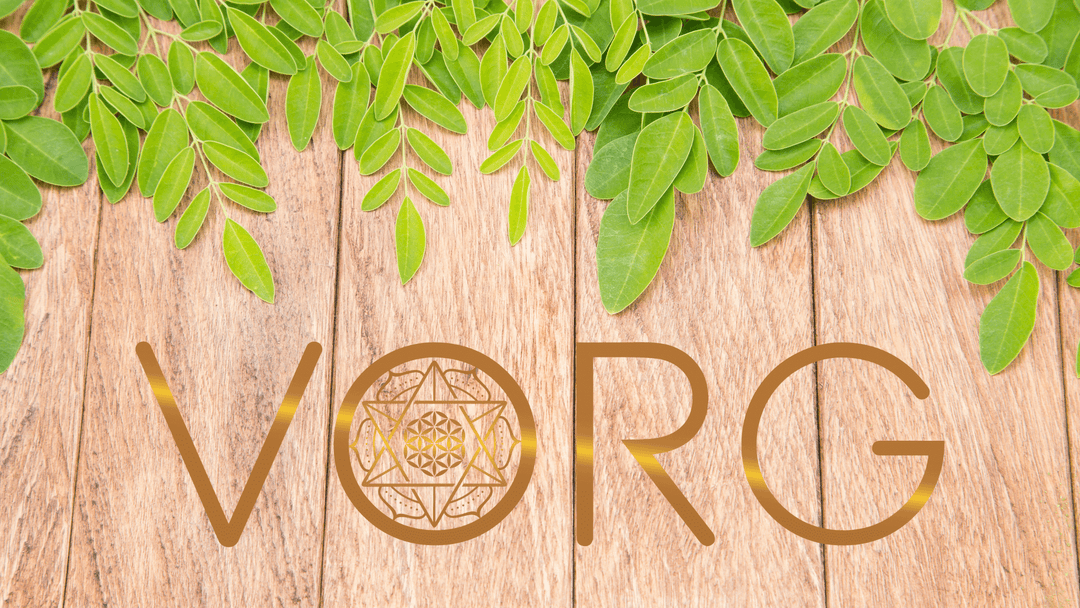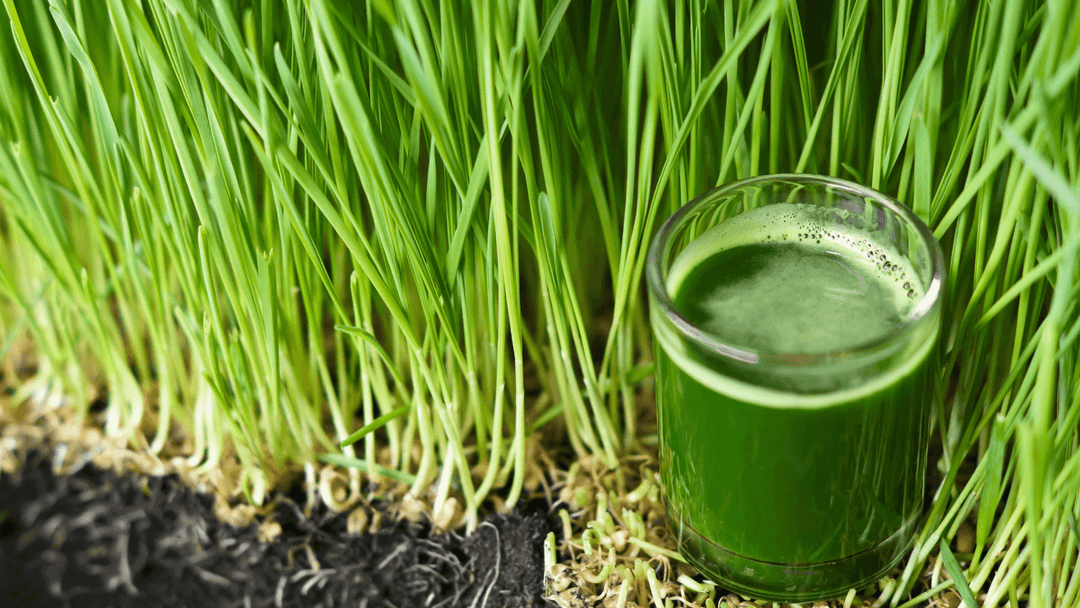Are There Really Superfoods? Exploring the Myths and Realities

What is a "super food?" The term is used to describe foods that are thought to be nutritionally dense and thus good for one's health. Examples of superfoods include blueberries, salmon, kale and acai. However, there are no set criteria for determining what is and what is not a superfood. According to the American Heart Association,"Superfoods don't have their own food group." As a dietician, I think "superfood" should be re-defined as any healthy whole food which offers significant nutritional value per calorie (i.e., more than 12%).

- Blueberries are a good source of soluble fiber and also high in vitamin C. Research has shown that eating blueberries can improve memory and reduce the risk of cancer and heart disease. As a bonus, they taste really great!
- Salmon is rich in omega-three fatty acids (which reduces inflammation), selenium (which protects against cancer, heart disease and type-II diabetes), vitamin D (a bone health nutrient) and B vitamins.
- Kale is high in iron, calcium, Vitamins A & C as well as dietary fiber. It also has more protein per calorie than spinach!
- Acai berries are a good source of antioxidants and also high in fiber, vitamins C & E.
One of the benefits of a diet rich in these foods is that it can help to keep depression at bay because they are good sources of serotonin. Serotonin is one neurotransmitter that helps regulate moods as well as plays an important role in sleep regulation. Research has confirmed that people who eat a diet high in these foods are at lower risk for depression.
Preserved blueberries, kale chips, and kiwi fruit can all be considered "super" because they have been processed in such a way that the nutrients remain intact even after being cooked or preserved. Fish is often touted as one of the best sources of omega-three fatty acids, but some research suggests that chickens might be even higher in omega-three's than fish! Some foods have become superfoods because they are believed to offer a nutritional benefit not found in other traditional food sources. For example, quinoa is often considered a "super" grain because it contains more protein per calorie than any other grain.
There are a few foods that have been labeled as superfoods, but there is no set criteria for what makes something a "superfood." There's also the problem of being able to consume enough without taking supplements. As Dr. Despina Hyde from New York University Langone Medical Center states in her quote, "Superfoods don't have their own food group." There is a group of foods that are considered "powerhouse" and these include: avocados, blueberries, black beans, salmon (or other fatty fish), nuts (such as almonds or walnuts) oats, quinoa. These have high levels of fiber and protein which help keep you feeling full for longer periods of time and can help prevent hunger pangs when you are on a diet.
These foods have been shown to be rich in nutrients and can decrease the risk of heart disease, type II diabetes, or cancer. Nuts are often high in omega- fatty acids which is an essential nutrient that we need for brain development and function as well as growth into adulthood. Oats are high in fiber, healthy fats and antioxidants. Quinoa is a complete protein that contains all nine essential amino acids which strengthens the immune system.
Avocados have been shown to help lower cholesterol levels with their potassium content while also being low-calorie (great for weight loss) and nutrient dense as well as containing high levels of fiber. So while there may be foods that are higher in nutrients and healthier than others, they don't have specific qualities that make them "superfoods." Once you've chosen your powerhouse foods to include on a diet or healthy eating plan, it's important to consume enough protein and essential fats found in these proteins to help maintain a healthy weight.

What exactly is a "superfood?"
In general, it's food that has special health benefits beyond the typical nutritional value of its ingredients and nutrients. Experts say superfoods can help with weight loss, prevent heart disease, reduce cancer risk, lower blood pressure--the list goes on. Furthermore, some research shows that certain superfoods have anti-inflammatory properties. Others contain antioxidants and vitamin C--which in turn can help reduce stress levels, prevent colds and other illnesses.
The exceptional nutrient density provided by superfoods has been shown to naturally aid the body’s functions and defenses as they contain vitamins, minerals, antioxidants, and healthy fats. When incorporated into a well-balanced diet, these ingredients can help to promote mental clarity, immunity, heart health, weight loss, improve energy levels, and even reduce the effects of aging— resulting in a difference you can feel and see. However, not all superfoods are created equal. It’s important to note that there is no official list of what foods qualify as “super”--but you can always ask your doctor or nutritionist for his or her opinion. The best way to start exploring the wealth of health benefits inherent in these so-called “superfoods” is to start incorporating them into your diet and a great way to do so is with Super VORG superfood shakes.

The Super VORG superfood shakes consist of a wide range of ingredients that are all classified as “super”--such as amla, chia seeds, and barley. One tablespoon has the equivalent nutrients to three cups of vegetables! What does this mean? It means you can get your daily dose of vitamin A in just one scoop of Super VORG superfood shake. Furthermore, the ingredients in our shakes are gluten-free and vegan-free making them an ideal solution for anyone with allergies or sensitivities to certain foods like dairy products, eggs, nuts, soybeans, and oats. Super VORG superfood shakes are also sugar-free, which means they won’t spike your blood sugar as you would with a bowl of sugary cereal. Try one of our fantastic superfood blends today.




